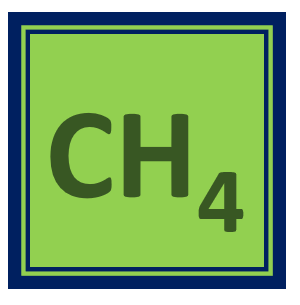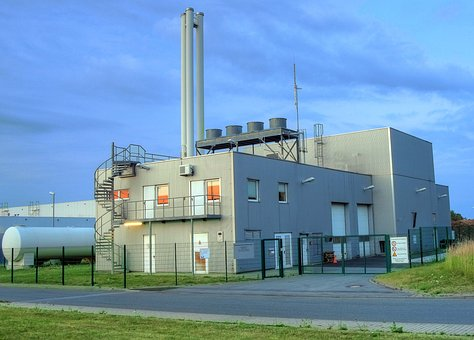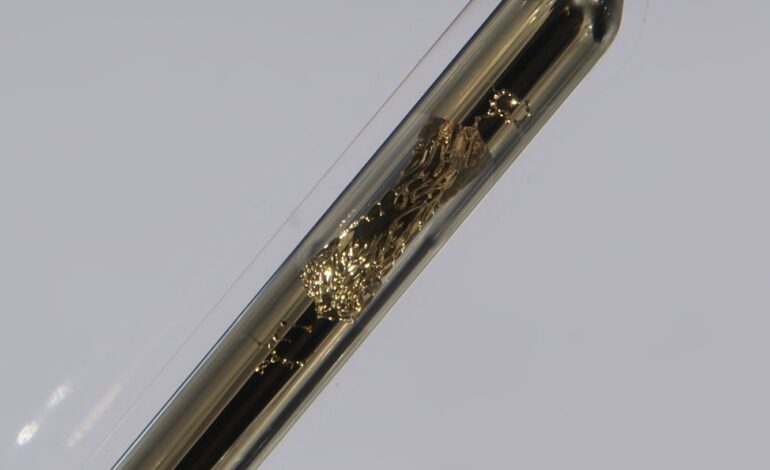Carbon monoxide Gas (CO)
Physical properties of carbon monoxide gas: Carbon monoxide (CO) is a colorless, odorless, and tasteless gas at room temperature. It is slightly less dense than air and is highly flammable. Carbon monoxide has a boiling point of -191.5°C and a melting point of -205°C. Chemical properties of carbon monoxide gas: Carbon monoxide is a highly […]
Read More









